A feeling of stagnation runs through Ferguson, a city once known as ground zero for change
Share
Explore Our Galleries
Breaking News!
Today's news and culture by Black and other reporters in the Black and mainstream media.
Ways to Support ABHM?
By Curtis Bunn, NBC
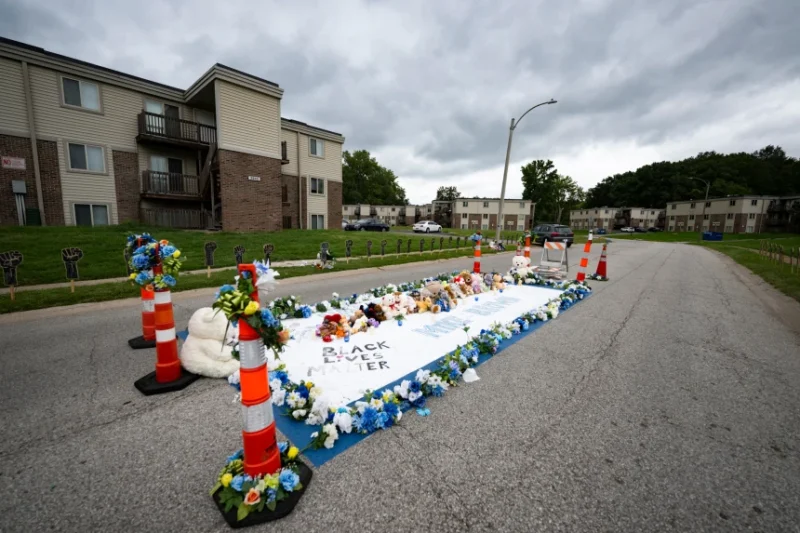
FERGUSON, Mo. — Ten years ago, it seemed as though the world had erupted in this nondescript suburb of St. Louis. Michael Brown Jr., a Black teenager, had been gunned down by a white police officer, prompting weeks of protests and a flood of media attention on the rising prominence of police brutality upon Black people.
Back then, when officers finished their shifts patrolling the protests demanding justice, they would congregate at Marley’s, a known police bar about five minutes from where Brown was killed.
In 2022, Marley’s was sold and replaced by Elicious Southern Style Breakfast and Brunch, a Black-owned restaurant. And the significance of the new ownership is not lost on Adrienne Williams, one of the thousands of Ferguson residents who marched for Brown and helped shape a movement that spread across the country. She used to live two blocks away from Marley’s.
“Believe it or not, but I feel safer with this spot here than I did with all those white officers hanging out here,” said Williams, 47, who now resides in St. Louis. “I was glad to see it go.”
But the switch from white police bar to Black-owned restaurant is one of the very few tangible changes in Ferguson in the last 10 years. By the time Brown lay dead in the street, Ferguson’s Black community had reached a breaking point. Those who spoke to NBC News said people had long been suffering in silence, dealing with a glaring lack of economic opportunities and a steady drumbeat of disproportionately harsh and racially biased policing tactics. The protests were the symptoms of a fever that had been breaking for too long — Ferguson demanded change.
[…]
“There has been a lot of money that’s come here through the death of Mike Brown,” his father said. “There’s a lot of stuff that has been built and put in place — but not in the right places. There’s still a lot of work that needs to be done.”
Bunn describes the work that needs to be done.
While change may be slow, many people have been inspired by the events in Ferguson.
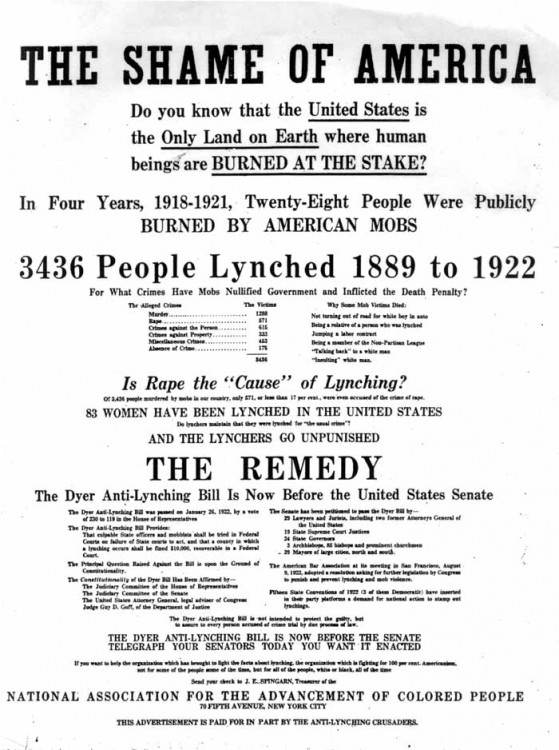
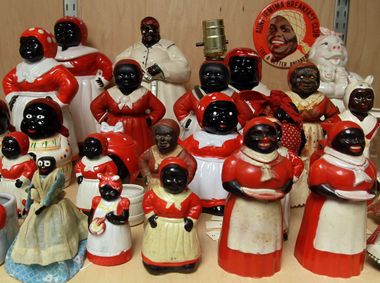
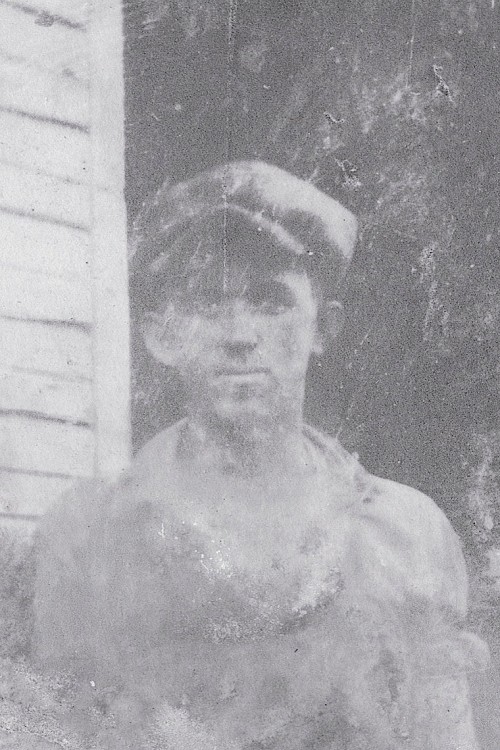
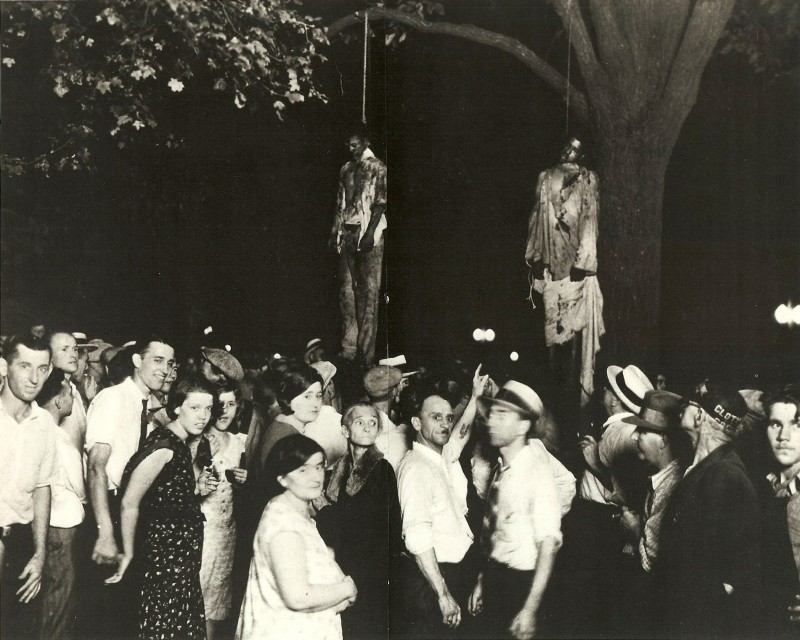
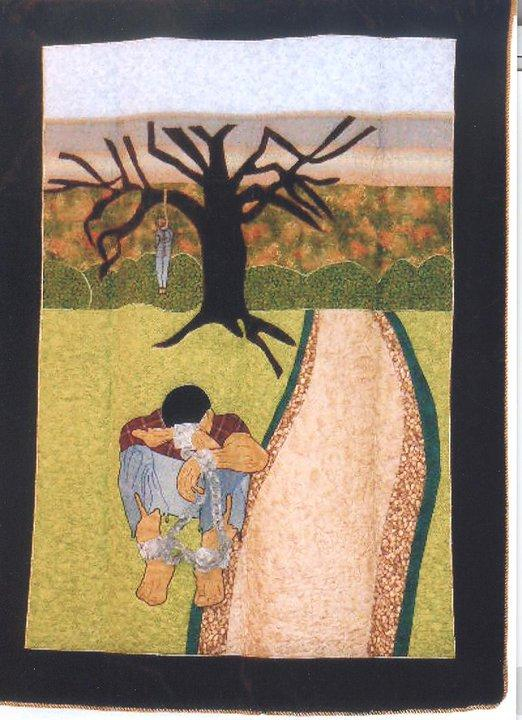




Comments Are Welcome
Note: We moderate submissions in order to create a space for meaningful dialogue, a space where museum visitors – adults and youth –– can exchange informed, thoughtful, and relevant comments that add value to our exhibits.
Racial slurs, personal attacks, obscenity, profanity, and SHOUTING do not meet the above standard. Such comments are posted in the exhibit Hateful Speech. Commercial promotions, impersonations, and incoherent comments likewise fail to meet our goals, so will not be posted. Submissions longer than 120 words will be shortened.
See our full Comments Policy here.